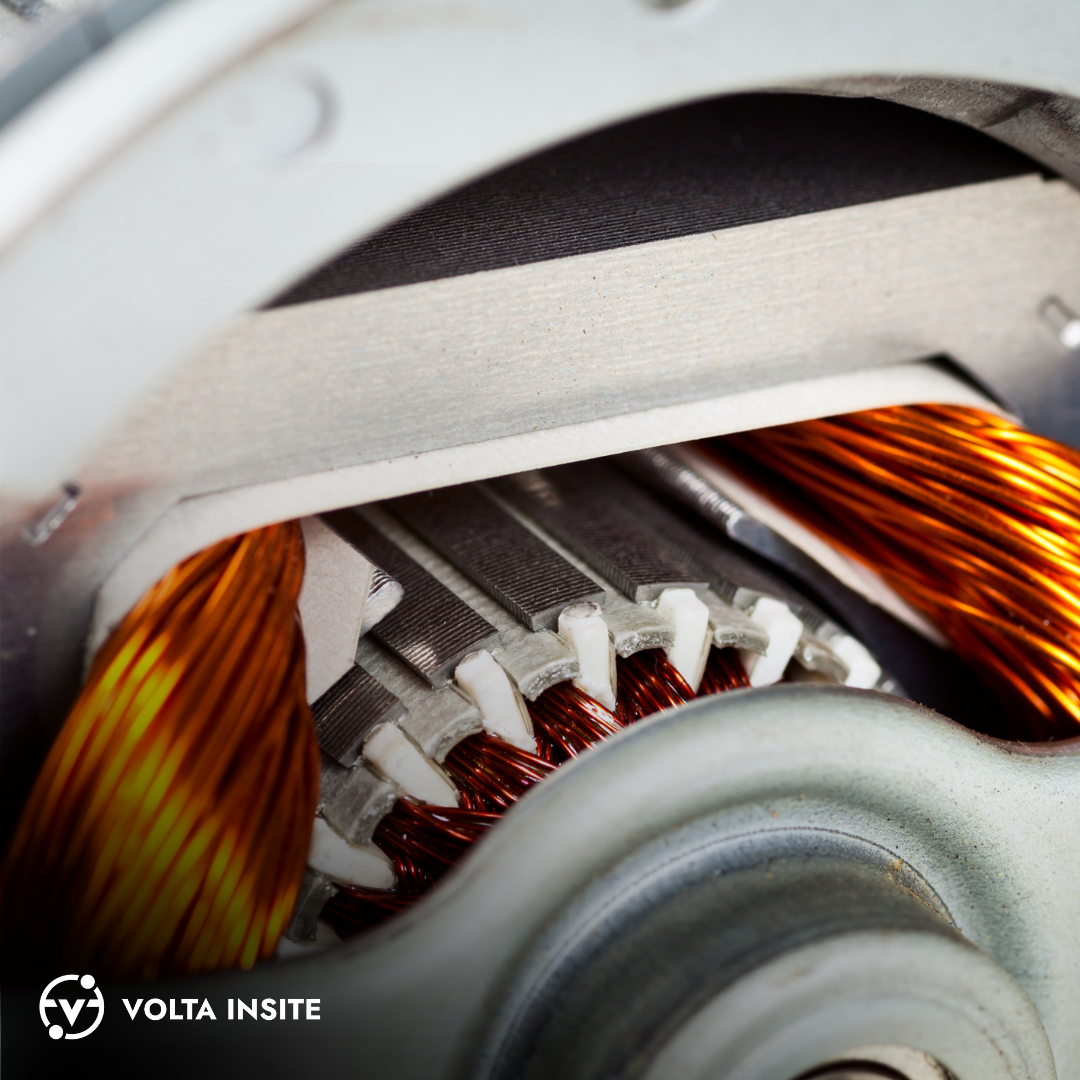
The Role of Ground Fault Monitoring in Workplace Safety
 24/09/2025
24/09/2025
 Back to Articles
Back to Articles

img_alt: The Role of Ground Fault Monitoring in Workplace Safety by George Galea
Why Ground Fault Monitoring Matters
Electrical systems are the backbone of modern facilities, powering critical equipment and ensuring smooth operations. Yet, hidden issues like ground faults can pose serious risks to both people and infrastructure. Without proper ground fault protection, even a small fault can escalate into costly downtime, equipment damage, or safety hazards.
Ground fault condition poses an extremely dangerous threat to human beings. Enclosures, especially the casing, or any metal that is involved in that branch circuitry with a ground fault, become load-bearing and thus, should you lean against it or if you touch it, you become the path to ground for the electrical energy, your body becomes load-bearing for the voltage & current, essentially, the power.
Even 30 milliamps (0.03 of an Amp) of current can cause severe injury or death in less than a second. Therefore, anyone in a facility, whether performing maintenance as a subcontractor, visitor, guest, staff member, or maintenance operator, can unknowingly be exposed to this danger. There’s no smell. There’s no Sound. There’s no Visual. It can happen in a split second. For facility managers, taking a proactive approach to ground fault detection is not only about compliance, it is about creating a safer, more reliable workplace.
Finding and Troubleshooting Ground Faults
One of the biggest challenges facility managers face is finding a ground fault before it leads to disruption. Traditional methods can be time-consuming, requiring manual checks or reactive repairs once problems occur. With advanced monitoring technology, however, ground fault troubleshooting becomes faster and more precise. By continuously monitoring electrical circuits, facility teams can identify irregularities early, isolate the fault, and take corrective action before it becomes a bigger issue.

Ground Faults in Motors and Equipment
Motors are among the most common areas where faults occur. A motor ground fault can quickly damage windings, shorten equipment life, or trigger unplanned outages. Because motors are often critical to production, overlooking these risks can result in major operational and financial setbacks. Using a ground fault meter helps ensure that any irregularities in motor performance are caught early. By monitoring insulation resistance and other key parameters, facility managers gain valuable insights that keep equipment running safely and efficiently.
Designing a Comprehensive Solution
The most effective strategy for electrical safety does not rely on a single tool. Instead, it combines ground fault protection devices, real-time monitoring, and predictive analytics. Integrating a ground fault detection system with a facility’s broader monitoring strategy allows for continuous oversight of electrical health. This holistic approach ensures that issues are not only identified but also analyzed for long-term prevention. When paired with predictive analytics, facility managers can forecast potential risks and plan maintenance in advance, reducing both hazards and unexpected downtime.

Predictive Maintenance with Volta Insite
Workplace safety requires more than compliance; it requires foresight. Volta Insite helps facility managers take the next step in electrical reliability by combining ground fault troubleshooting with predictive maintenance tools. With InsiteAI, teams can track the condition of motors, circuits, and other critical assets in real time. By identifying and addressing ground faults before they impact operations, facilities create safer environments while also extending equipment life and improving efficiency.


